The Reality of Homelessness
An 18 year old man stands outside some businesses downtown with a cardboard sign in hopes of receiving some donations. Feature Story: (Boulder Weekly)
January 25, 2021
“I feel as if the homeless population in Denver is saddening. I feel as if the government should provide more housing or resources,” said Sophomore Elshaday Bedaso. Many are disheartened by the current homeless situation in our state. Colorado is the third highest state in the nation with 3,250 homeless families with children, says the Denver Post.
If you’ve ever been in Downtown Denver waiting at a stoplight to cross the street, you’ve probably seen a homeless person on the corner holding up one of those cardboard signs that say, “Anything helps” or “God Bless.” That person is 1 out of more than 6,100 people. That’s how many Coloradans in the Denver metro area were experiencing homelessness during January of 2020 according to the Colorado Health Institute. This number is the highest count in at least six years of the survey.
In essence, homelessness is an extreme form of poverty due to unstable housing, income, health care, and social support. Homeless people fall into three categories: the absolute homeless, the concealed homeless, and those at risk of becoming homeless.
Homeless Hub defines the absolute homeless as people who are “sleeping rough” or using public or private shelters. They are the core of the homeless population. The concealed homeless are people who are temporarily residing with family or friends. Those who fall under this category are technically considered homeless because, without support from family or friends, they would not be able to afford shelters themselves. Finally, at-risk homeless includes people who are on the verge of, or at risk of losing their housing.
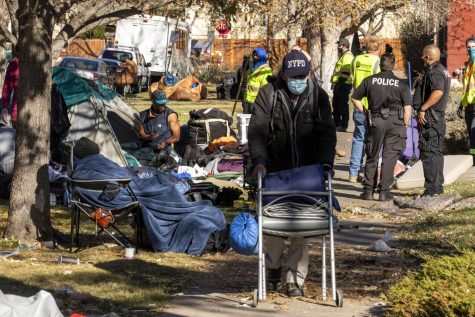
A Colorado Politics report conducted in 2020 shows the leading cause of homelessness in the Denver region to be the lack of affordable housing across the metro area. The majority of homeless people appear to be African American and Native American individuals. In the metro area, African Americans make up 26.4% of unhoused residents and American Indian/Alaskan Natives make up 4.8% of unhoused residents. These numbers were shockingly high, as African Americans only make up 5.3% of the area’s population and American Indian/Alaskan Natives account for less than 1% of the area’s population, coming in at 0.8%.
Homelessness is a real and brutal problem that many people have to face. It may not be visible every day, but there is a high chance that someone you know has been homeless or was at risk of becoming homeless, without even knowing it.
When asked about being homeless and what it was like, 9th and 10th grade English teacher Kevin Wright, described his experience and how it affected him. Mr. Wright became homeless in his late 20’s following a divorce. He couldn’t afford to pay for the house he and his ex-wife lived in on his own, so while he was working as a security guard, he started living out of his truck. He would shower at the high school where he worked before anyone got there and every few nights he would move his truck between Walmart parking lots. About 6 months after he became an English teacher at a youth corrections facility, he was able to save enough money to pay off his credit card debt and his deposit and first month’s rent on an apartment.
“The experience was hard, mostly because it negatively affected my psychology. Being homeless made me feel like I was not as valuable a person, I was not as confident about myself, I was embarrassed and felt “dirty,” he said. “When you don’t get to shower except in public places, you often skip showers, and I was definitely mildly depressed. I was very grateful to save enough, and by October of that year get back in a position in life where I could rent a small cheap apartment that had a warm bed, AND a bathroom I could use any time I wanted! To this day, I am grateful every morning I get in a hot shower and get to feel clean.”
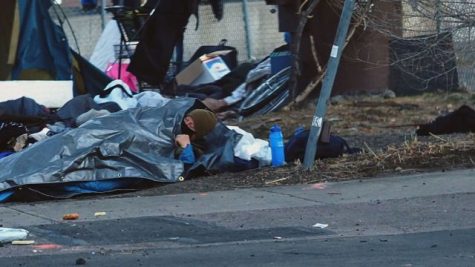
Despite the growing number of homeless people, steps are being taken to try and diminish that number and to try and help them. 9News reported on Aurora’s own, Mayor Mike Coffman, and how he took it upon himself to go undercover as a homeless person on the streets of downtown Denver in December of 2020 for a week without any money or food. His hopes in doing this were to try and better understand the issue of homelessness, to better understand the homeless people next to him, and to see what he could do to help them and resolve this issue. While some don’t agree with Coffman’s choices and believe he portrayed homelessness as a “lifestyle,” Coffman says, “The notion of being subject to rules, being told what to do, not having access to drugs or alcohol at will, that is a decision that they’ve made there. But it would be hard to argue that homelessness is a choice.”
It is no doubt that homelessness is a problem facing our state today. Sophomore Demetrious Brown believes, “It is hard to tell if it is preventable because it depends on the homeless person’s actions and how they are going to use the things they get.”
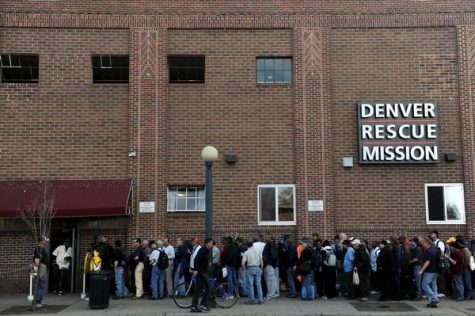
However, there are ways you can help. Donations to organizations in Denver like the Samaritan House Homeless Shelter and the Denver Rescue Mission are greatly appreciated. Socks, shoes, food, blankets, general hygiene products are the easiest yet most needed items that homeless shelters look for, and especially right now during the winter, socks and blankets are two great options.






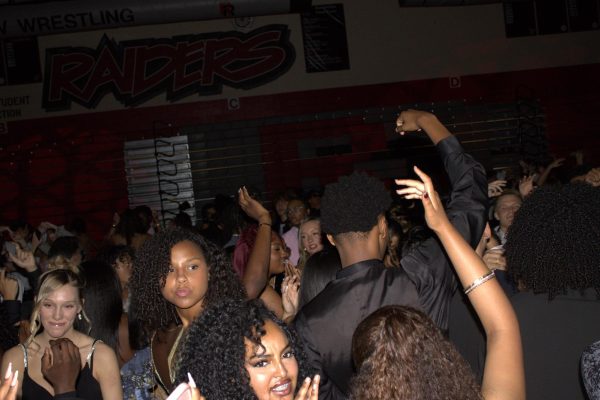




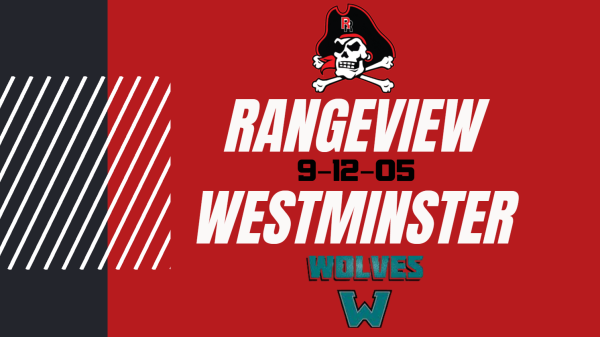
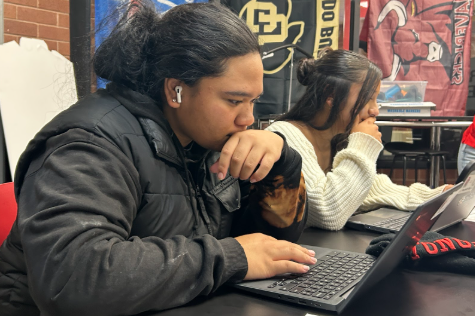

Gina Hansen, APS Teacher • Feb 4, 2021 at 7:58 AM
Thank you for sharing this story, Ms Brown. Homelessness has really grown in the last year and many people can see it. Many things have changed for unhoused populations since the Pandemic began. For example, I read in the Denver Post this week that the annual count of Homeless Populations in Denver won’t be counted. When I think about ways to help, I know the high school I work at has made lunches, volunteered at the Rescue Mission and other things in the past, but the Pandemic has limited ways in which people can help. I hope others will read your story and consider finding ways to help the growing number of our neighbors who live outside. #ihaveenough